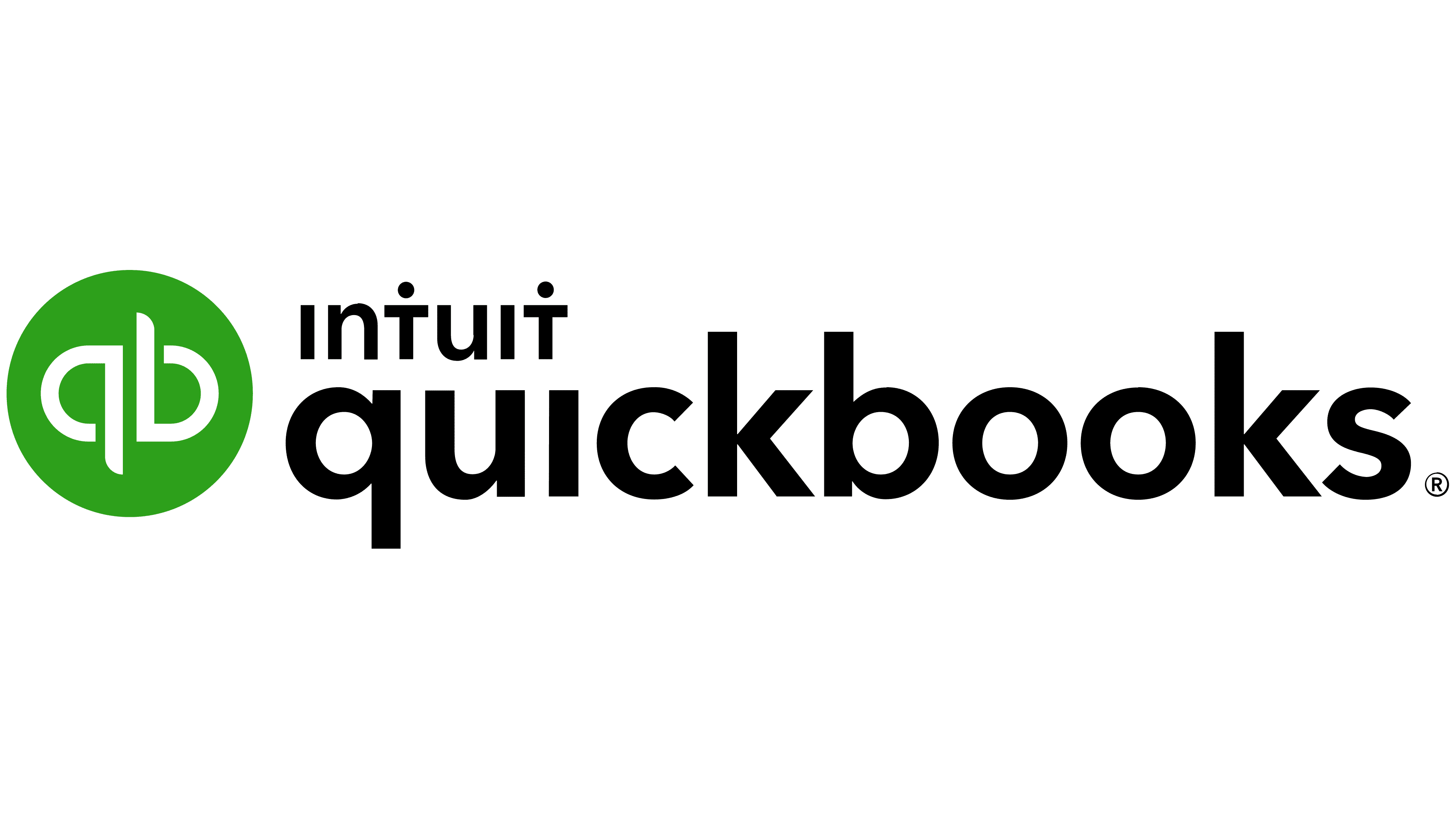Are you wondering how an expense analysis can help your startup? If so, you’re in the right place!
For business leaders and startups across all industries, wise money management isn’t just optional; it’s absolutely necessary for their success and long-term growth. Despite this, many new businesses fail for this very reason.
Today, I’ll show you what an expense analysis is and how it can help startup founders just like you take your business to the next level. I’ll also share some actionable advice that you can implement today if you want to take back control of costs.
Let’s dive in!
What Is an Expense Analysis
First things first, an expense analysis is when you study how much your business spends. The process typically involves breaking down everything that you need to pay, including rent, salaries, supplies, and marketing.
When you analyze expenses, you can better understand how your money is being spent and what kind of impact it’s having on your business. With these insights, you can find opportunities to cut costs and improve your brand in meaningful ways.
A detailed analysis will help you find out what’s helping your business and what’s costing more than it’s worth.
We earn a commission if you make a purchase, at no additional cost to you.
Common Types of Expenses
Now that you have a definition in mind let’s take a look at some of the most common types of expenses so you can start thinking about how these factors may reflect when you look at your expenses:
- Rent and Utilities – First, you’ll want to consider rent (or property taxes, if you own) and utilities like water and electricity. These expenses are non-negotiable, so you’ll definitely want to track them.
- Marketing + Advertising – Businesses need to market if they hope to reach their target audience and improve sales. So, you’ll need to track ad spending, content marketing, and fees for promotional materials.
- Software – I’d argue that it’s pretty hard to run a company if you don’t have software and subscriptions. You’ll need a CRM system, hosting, analytics tool, and much more if you want to keep your business running smoothly.
- Salaries + Benefits – Employee wages, insurance, and tech stipends all need to be figured into your expenses for accurate tracking.
- Travel – If you’ll be traveling or taking your team on an annual retreat, travel expenses are unavoidable. Make sure you’re factoring this in so you don’t run into any surprises when you see your financial report.
Other Cost Factors to Consider
Aside from these broad categories, there are also cost factors that you should consider. Here are a few worth keeping in mind:
- Fixed costs are essential to the business and usually occur each month. In most cases, they are non-negotiable. Examples include rent and employee salaries.
- Variable costs can change over time and need to be consistently tracked so you can try to predict what will happen next. Digital marketing and raw materials fall into this category.
- Operational costs are essentially day-to-day expenses that happen in the offer, such as supplies and utilities.
- Capital expenses are usually one-time costs but are very pricey. They include things like buying new machinery or upgrading outdated tech.
How is Expense Analysis Different from Financial Analysis?
The main difference between an expense analysis and a financial analysis boils down to where it’s focused. Financial reporting takes into account sales, profits, and investment with the ultimate goal of determining an overall return on investment.
An expense analysis, on the other hand, is only focused on money being spent. A startup founder can take their expense analysis and use it when it’s time to conduct a financial report. I like to think of it this way: the focus is right there in the name. An expense report focuses on the expenses, not profits.
We earn a commission if you make a purchase, at no additional cost to you.
What are the Benefits?
Next, let’s go over a few key benefits that come with creating regular expense analysis reports:
- Improve cash flow management – When you know where your money is going, it’s easier to make sure you have enough to plan for day-to-day operations as well as plan for the future.
- Find Unnecessary Expenses – Tracking your expenses will help you identify costs that aren’t really helping the business. For example, this type of analysis can help you discover that you’re paying for a subscription that you haven’t used in 6 months.
- Better Budgeting – With a better cash flow, you’ll be able to use your money to improve your business in ways that benefit your team and your customers.
- Boost Profits – If you’re spending less money, it makes sense that your profit margin will increase, especially if you cut costs.
- Make Smarter Decisions – The insights you get from an expense analysis report will help you make better choices for your business. The end result is a startup that runs smoothly and efficiently – who doesn’t want that?
Understanding Cash Flow: A Guide for Business Owners
How to Conduct an Expense Analysis
Let’s look at a step-by-step guide, so you see a practical example of how to conduct an expense analysis for your startup.
Step 1: Gather All Your Financial Data
The very first thing you need to do is get all of your financial data together. You’ll need receipts, credit card bills, bank statements, invoices, and anything else showing you paying a business expense. It’s very important to make sure you have everything before you start so you don’t overlook any opportunities or unnecessary costs.
Step 2: Group Your Expenses
The next step is to organize all of your expenses into their own categories. I suggest using the common types of expenses I showed you above: rent, marketing, software, salaries, and travel as baselines. Depending on your industry, you may need to add more or break some of these into sub-categories. Following this step will help you see where your money is going, which makes it easier to spot patterns.
Step 3: Analyze Trends
Once you have everything grouped together, look at where most of your money is going and how things have changed over time. For example, if your software costs have tripled over the last year, it’s a good idea to look through what you’re using to make sure there are no duplicate or otherwise unnecessary tools.
$10K Grants Are Back! Plus, Free Skills Training from Verizon Digital Ready.
Step 4: Compare Against Industry Standards
I’ve found it helpful to compare my expenses to those of other businesses in my industry. This will help you figure out where you’re spending more and where you’re spending less. Benchmarking can also guide you when you’re trying to decide what adjustments to make.
Step 5: Find Where to Increase or Reduce
Now, it’s time to figure out where you should increase costs and what can be reduced. For instance, if you’re happy with your CRM and paying monthly, consider upgrading to an annual plan so you can drastically reduce costs while getting the same service. There are a ton of different elements to consider for your startup. You’ll want to keep your industry, product selection, and target audience in mind when deciding where to adjust.
Step 6: Implement Changes and Monitor Results
Now, put your plan into action and start making changes. You’ll want to carefully monitor your results in the upcoming months and quarters so you can determine if the results are aligned with your expectations. If things don’t go according to plan the first time, you can step in and fine-tune your strategy until you get your desired results.
Final Thoughts
An expense analysis is a powerful way for startups to control costs and improve profits, which is crucial at this stage. So, take the time to understand where your money is going so you can make informed decisions for your company.
If you haven’t done this yet, now is the perfect time to start. By taking action today, you can boost your cash flow and set yourself up for success for years to come!
Image by freepik
The post originally appeared on following source : Source link




